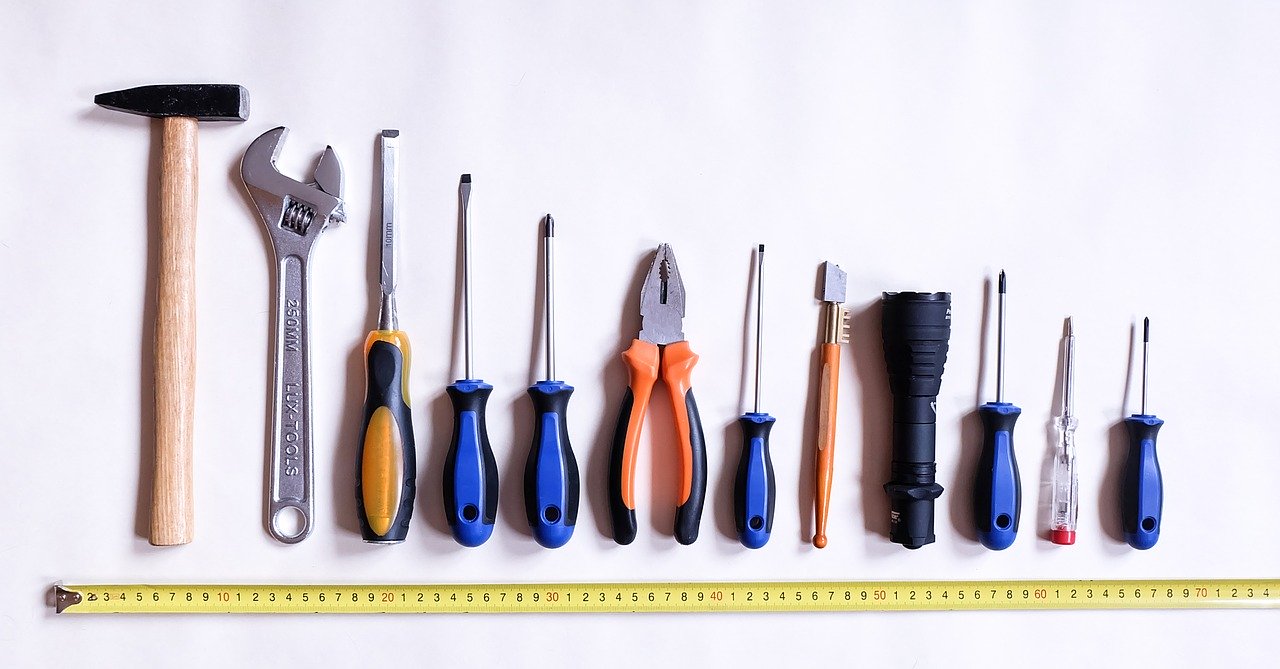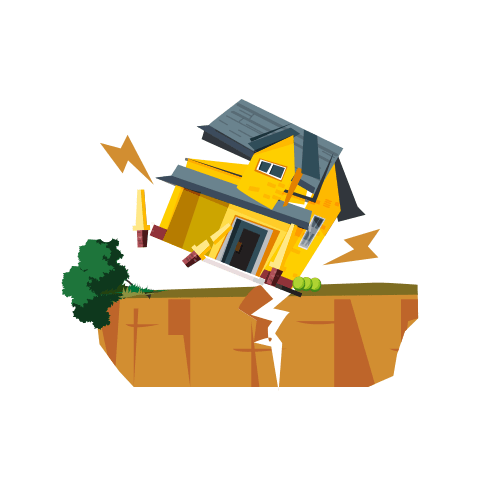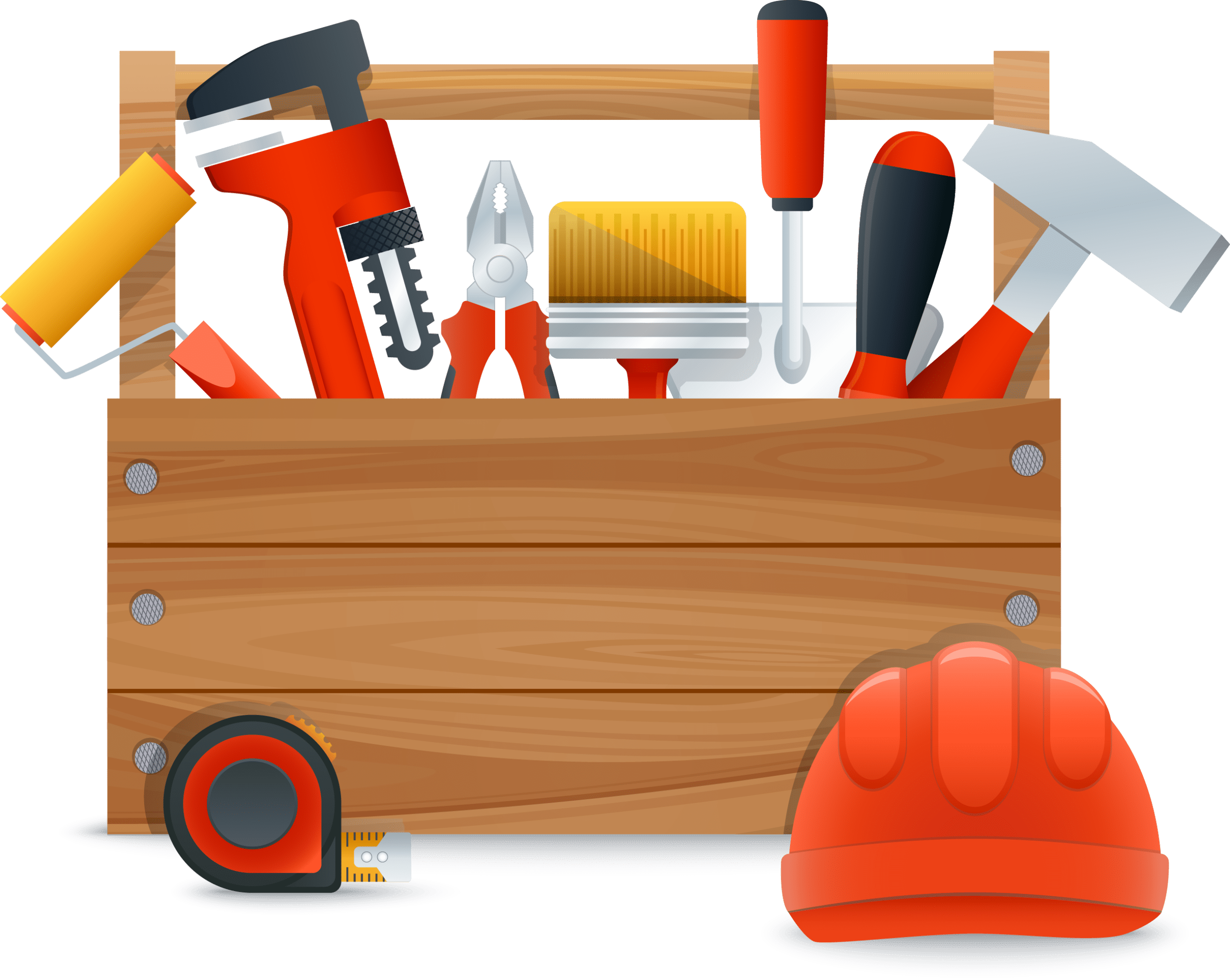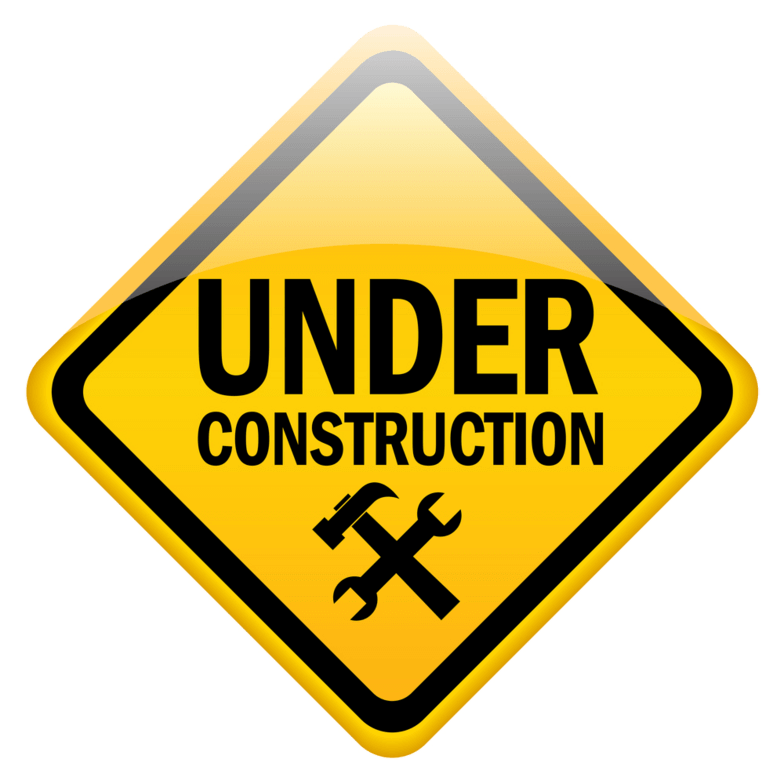
Resilience: How to Build your Emotional Toolbox
Thanks to Noah Jacobson for this guest post about emotional resilience! Noah interned previously with Happy Brain Science and became fascinated with the application of positive psychology. He graduated from Grinnell College with a degree in Psychology and Neuroscience.
Building Emotional Resilience
Life can be hard. Losing a job, struggling with a tough relationship at work or at home, having to self-quarantine. Hardships often come at times we least expect. However, we can create a blueprint for how to handle them. Learning how to manage emotions is one of the most important aspects of resilience.
Resilience is a process by which someone creates more good than would be expected after experiencing adversity (1). Imagine your house after a natural disaster, like a fire, a flood, or even a small earthquake. The pieces are scattered or broken, but you still have the core foundation and it’s your job to put things back together. Easier said than done, right?
When hardships come your way, channel your inner construction worker: 1. Assess the damage, 2. Stock your toolbox, 3. Make needed repairs, and 4. Rebuild. After making repairs, a good construction worker is also ready to go back to work again if the new repairs need adjusting or strengthening. If you do it right, you can even reconstruct an emotional house that’s stronger than before. Yes, you can build your own emotional resilience.
Assess the Damage
Before you start repairing a house—your inner house—evaluate what you need to fix and what materials you have or need. A key component of emotional resilience is the ability to take a step back and assess the stressful situation (2). Identifying what emotion you are feeling and why is a great first step. Dig deeper than just, “I feel good” or “I feel bad.” Think more of specifics like joy, interest, jealousy, sadness, anxiety, anger, tiredness, distractedness, or fatigue (3). The ability to identify emotions beyond purely feeling “good” or “bad” can help you respond to stress better (3).
Pinpointing more specific emotions leads individuals to dwell less and misinterpret their negative emotional arousal (sadness, fear, etc) less (4). They also end up abusing substances less than those who cannot distinguish between their negative emotions (3). Individuals who identify specific feelings use a wide range of regulation strategies. As a result, they are more successful at managing stressful emotions (2). In other words, they’re better at figuring out how to fix up their house.
 Builder’s Tip: Follow your Heart
Builder’s Tip: Follow your Heart
Sensing your internal state is a good first step towards developing resilience (2). Practice counting your heartbeat for a minute or two. The more accurate you get at this task, the more effectively you may respond to stressful emotions (5). For example, individuals who could reliably detect their heartbeat were able to reduce their self-reported negative emotions—and corresponding brain activity—in response to negative photos more than individuals who were less accurate at sensing their heartbeats (5).
Stock Your Toolbox
In order to repair your house, you also need a well-stocked toolbox. The more tools you have, the more likely it is you can solve any problems that arise. People who have a wide variety of coping strategies, or tools, respond best to stress (2, 6). In fact, they are less affected by cumulative lifetime stress and have fewer symptoms of depression and anxiety than people who use fewer strategies (7, 8).
 Builder’s Tip: Tools for the Toolbox
Builder’s Tip: Tools for the Toolbox
One interesting strategy for managing your emotions is to experiment with purposely increasing and decreasing your reactions. Researchers exposed people to highly emotional photos and told them someone would be watching their reactions to guess their emotion (9). For each of the photos, participants had to either behave normally, increase their expression of emotion, or decrease it (9). Researchers found that participants who could BOTH increase and decrease their expressions of emotion responded with less distress and recovered faster from the 9/11 terrorist attacks (9).
Some other coping and regulation strategies include: distraction techniques (exercise, reading); altering the interpretation of a situation to change its emotional power (reappraisal); relaxation techniques (meditation, deep breathing); changing expectations; humor; problem-solving; a pros and cons list; and social support (2, 10). In highly emotional situations, it may work best to find a way to disengage and put your mind elsewhere. In less emotional situations, more active strategies might work better (2).
 Builder’s Tip: Connect with Others
Builder’s Tip: Connect with Others
Connecting with others after a stressful event is another tool to keep in mind. Social media sometimes gets a bad rap, but sharing emotional messages and posts after a traumatic event can strengthen values related to caring, solidarity, and connecting with others—all aspects of social resilience (11).
Make Needed Repairs
After assessing the situation and digging through your toolbox, it’s time to put your chosen strategy to use. Notice and keep track of how it feels. Remember that you may need to use multiple different tools to resolve a given problem (6). The most important thing is to try things out. In doing so, you gain control. Of course it’s not possible to fully control a situation—but just knowing you have some influence over your feelings can help you enact meaningful change (2).
Rebuild. Again.
Finally, be ready to rebuild. A good construction worker’s work is never done. Inevitably, your building may start to break down and need additional repairs. Just put on your hardhat and go back to your emotional toolbox.
The ability to make adjustments on the fly is the final aspect of developing resilience. When a resilient person senses feelings of anxiety or stress returning, even after trying to manage them, they won’t hesitate to try a different method (2, 6).
Staying resilient means not giving up when things get tough. Sturdy houses aren’t built in one day; they are constructed over weeks, months, and years—and they require ongoing maintenance. Emotional resilience is the same way. Add to it brick by brick, and over time you will create a stronger emotional structure for yourself.
Thank you to Noah for this post! How else have you built and strengthened your emotional resilience? What strategies have been most helpful for you, for yourself and for supporting others in coping with difficult situations? We’d love to hear your experiences & suggestions in the comments!
Emotional Resilience Sources
1. Parsons, Sam & Kruijt, Anne-Wil & Fox, Elaine. (2016). A Cognitive Model of Psychological Resilience. Journal of Experimental Psychopathology. 7. 296-310. https://doi.org/10.5127/jep.053415
2. Bonanno, G. A., & Burton, C. L. (2013). Regulatory Flexibility: An Individual Differences Perspective on Coping and Emotion Regulation. Perspectives on Psychological Science, 8(6), 591–612. https://doi.org/10.1177/1745691613504116
3. Kashdan, T. B., Ferssizidis, P., Collins, R. L., & Muraven, M. (2010). Emotion Differentiation as Resilience Against Excessive Alcohol Use: An Ecological Momentary Assessment in Underage Social Drinkers. Psychological Science, 21(9), 1341–1347. https://doi.org/10.1177/0956797610379863
4. Taylor, G. J., Bagby, R. M., & Parker, J. D. (1999). Disorders of affect regulation: Alexithymia in medical and psychiatric illness. Cambridge University Press.
5. Füstös, J., Gramann, K., Herbert, B. M., & Pollatos, O. (2013). On the embodiment of emotion regulation: interoceptive awareness facilitates reappraisal. Social cognitive and affective neuroscience, 8(8), 911-917. https://doi.org/10.1093/scan/nss089
6. Cheng, C. (2001). Assessing coping flexibility in real-life and laboratory settings: A multimethod approach. Journal of Personality and Social Psychology, 80, 814-833. https://doi.org/10.1037//0022-3514.80.5.814
7. Lougheed, J. P., & Hollenstein, T. (2012). A limited repertoire of emotion regulation strategies is associated with internalizing problems in adolescence. Social Development, 21(4), 704-721. https://onlinelibrary.wiley.com/doi/abs/10.1111/j.1467-9507.2012.00663.x
8. Lam, C. B., & McBride-Chang, C. A. (2007). Resilience in young adulthood: The moderating influences of gender-related personality traits and coping flexibility. Sex roles, 56(3-4), 159-172. https://doi.org/10.1007/s11199-006-9159-z
9. Bonanno, G. A., Papa, A., Lalande, K., Westphal, M., Coifman, K. (2004). The importance of being flexible: The ability to both enhance and suppress emotional expression predicts long-term adjustment. Psychological Science, 15, 482–487. https://doi.org/10.1111/j.0956-7976.2004.00705.x
10. How Do You Cope? (n.d.). Retrieved from https://www.semel.ucla.edu/dual-diagnosis-program/News_and_Resources/How_Do_You_Cope
11. Garcia, D., & Rimé, B. (2019). Collective emotions and social resilience in the digital traces after a terrorist attack. Psychological science, 30(4), 617-628. https://doi.org/10.1177/0956797619831964



